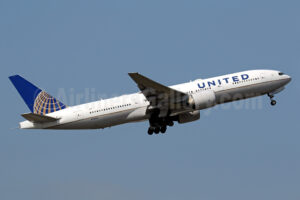Not even a decade after its first flight, JSX has emerged as a fascinating anomaly in the U.S. aviation landscape.
Officially JetSuiteX (the company rebranded in 2019 to simply JSX), the carrier’s inaugural flight launched on 19 April 2016 between the California cities of Burbank (BUR) and Concord (CCR).
Headquartered in Dallas, Texas, and led by CEO Alex Wilcox, JSX operates as a Part 380 public charter jet service (not an “airline,” per corporate branding) under FAA Part 135 regulations. The carrier offers what it calls “hop-on jet service” that promises the allure of private aviation at a fraction of the cost.
Wilcox, who helped establish JetBlue and the short-lived Indian carrier Kingfisher Airlines, envisioned JSX as a solution to a gap in the market: delivering a private jet-like experience at commercial airline prices while sidestepping the hassles of typical airport travel.
As of March 2025, JSX has carved out an intriguing niche in American aviation with a fleet of 47 Embraer regional jets serving 22 destinations across the United States and Mexico. We first spotlighted the carrier at its launch, pondering whether its unconventional approach could endure.
Now, nearly ten years on, JSX has weathered industry storms—including a global pandemic—to survive and thrive, proving doubters wrong and reshaping perceptions.
Yet, JSX’s journey has not come without controversy.
Here are five ways this unique U.S. regional air carrier is redefining the semi-private niche.
1. A Clever Regulatory Play Defines the JSX Identity
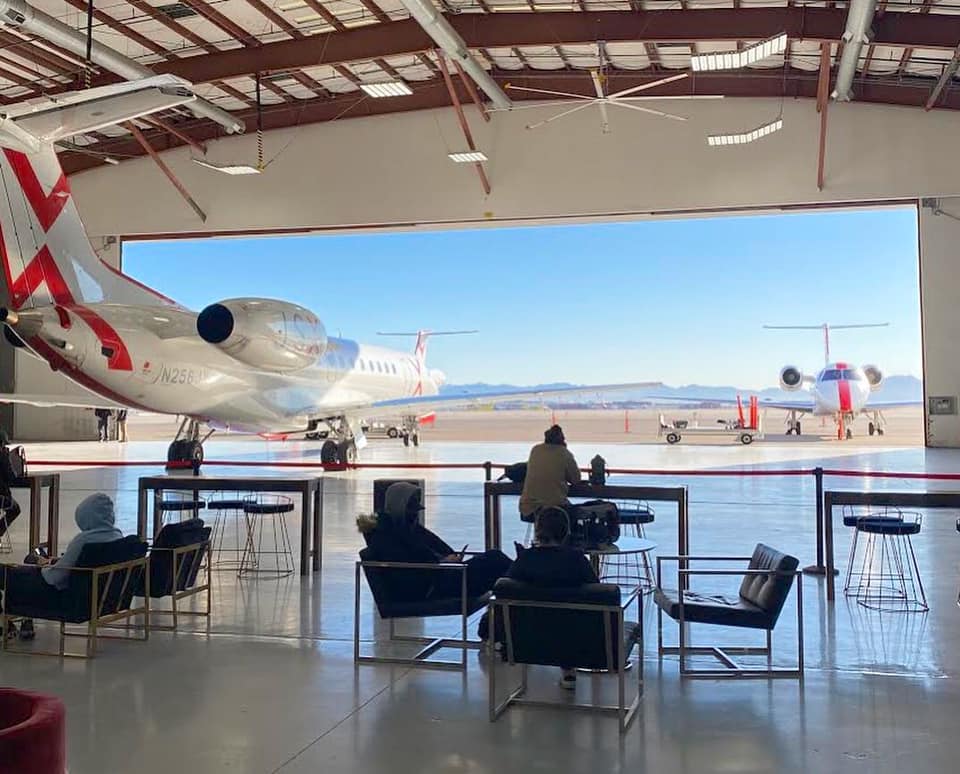
At the heart of JSX’s operation is a regulatory structure that sets it apart from traditional airlines. It operates as a Part 380 public charter, chartering aircraft from its subsidiary, Delux Public Charter, LLC (dba JSX Air or Taos Air), which flies under Part 135 rules.
JSX itself does not operate aircraft; instead, it resells seats on these chartered flights to the public. This distinction allows JSX to offer a published flight schedule–currently around 120 daily public charter flights–without being classified as a scheduled airline under the FAA’s more stringent Part 121 regulations.
Part 135 governs on-demand and commuter operations with aircraft up to 30 seats, imposing lighter requirements than Part 121. For instance, Part 121 mandates a 1,500-hour minimum for pilots and a retirement age of 65. JSX sets its own standards: 800 hours for First Officers and 1,500 for Captains, aligning with private jet standards but falling short of commercial airline mandates.
Because Part 135 operations face less stringent TSA requirements, JSX uses private fixed-based operator (FBO) terminals, offering a streamlined, private-jet-like experience with minimal security hassles. There’s no TSA security rigamarole—screening involves TSA-approved background checks, bag swabs for explosives, and the Evolv Express system, a discreet crowd-scanning technology.
However, this “public charter loophole” has drawn scrutiny from competitors and regulators, a point we’ll revisit later.
For aviation insiders, this is a masterclass in regulatory arbitrage. JSX’s CEO, Alex Wilcox, spent months dissecting FAA rules to craft this model, proving that innovation in aviation isn’t just about technology—it’s about working the system.
2. JSX Operates Retrofitted Regional Jets with a Twist
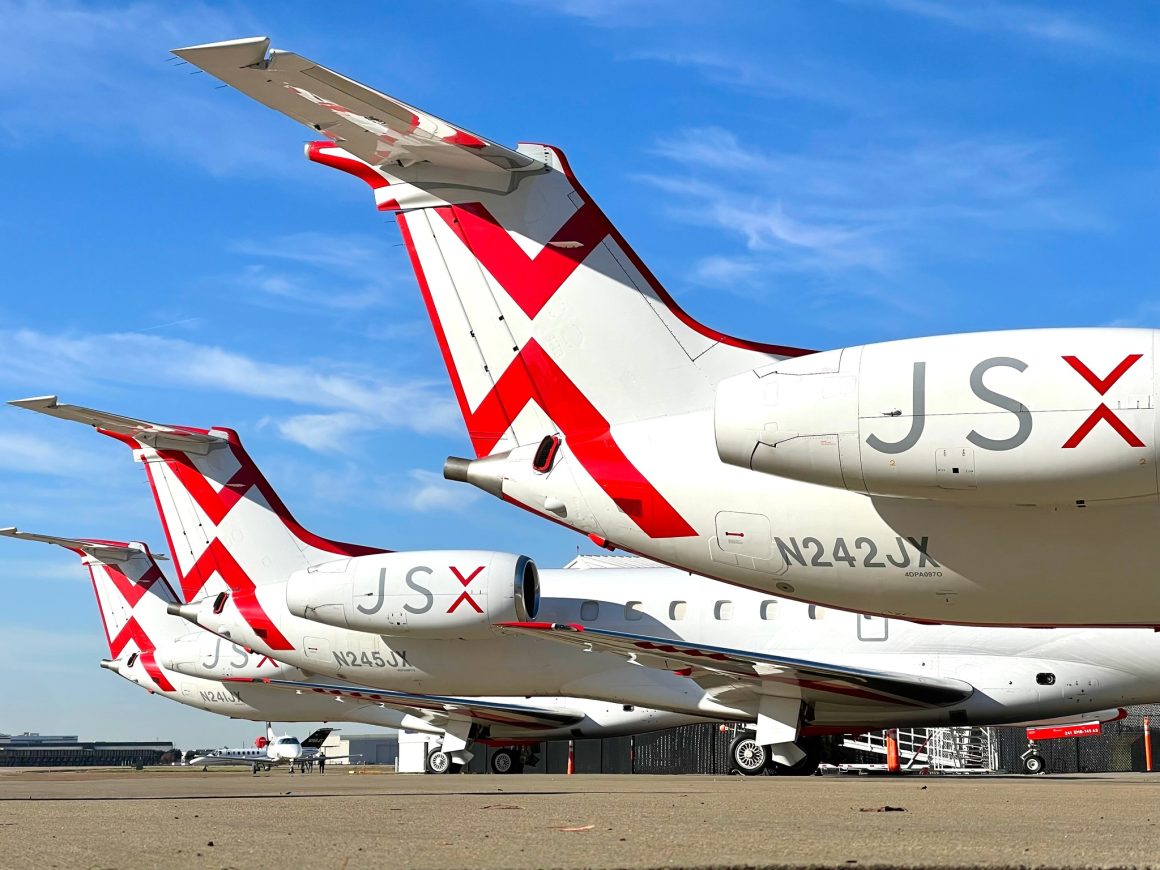
JSX operates 47 aircraft: 15 Embraer ERJ-135s and 32 ERJ-145s, both regional jets sourced from the secondary market and retrofitted to seat 30 passengers–down from their original capacities of 37 and 50, respectively–to comply with Part 135 limits.
The ERJ-135s feature a 1×2 seating configuration, while the 145s offer a spacious 1×1 layout, with a single seat per side of the aisle. Overhead bins are removed for an open cabin feel. Seats provide a generous 35-36 inches of pitch and in-row power. Additionally, every JSX flight features a full flight attendant service.
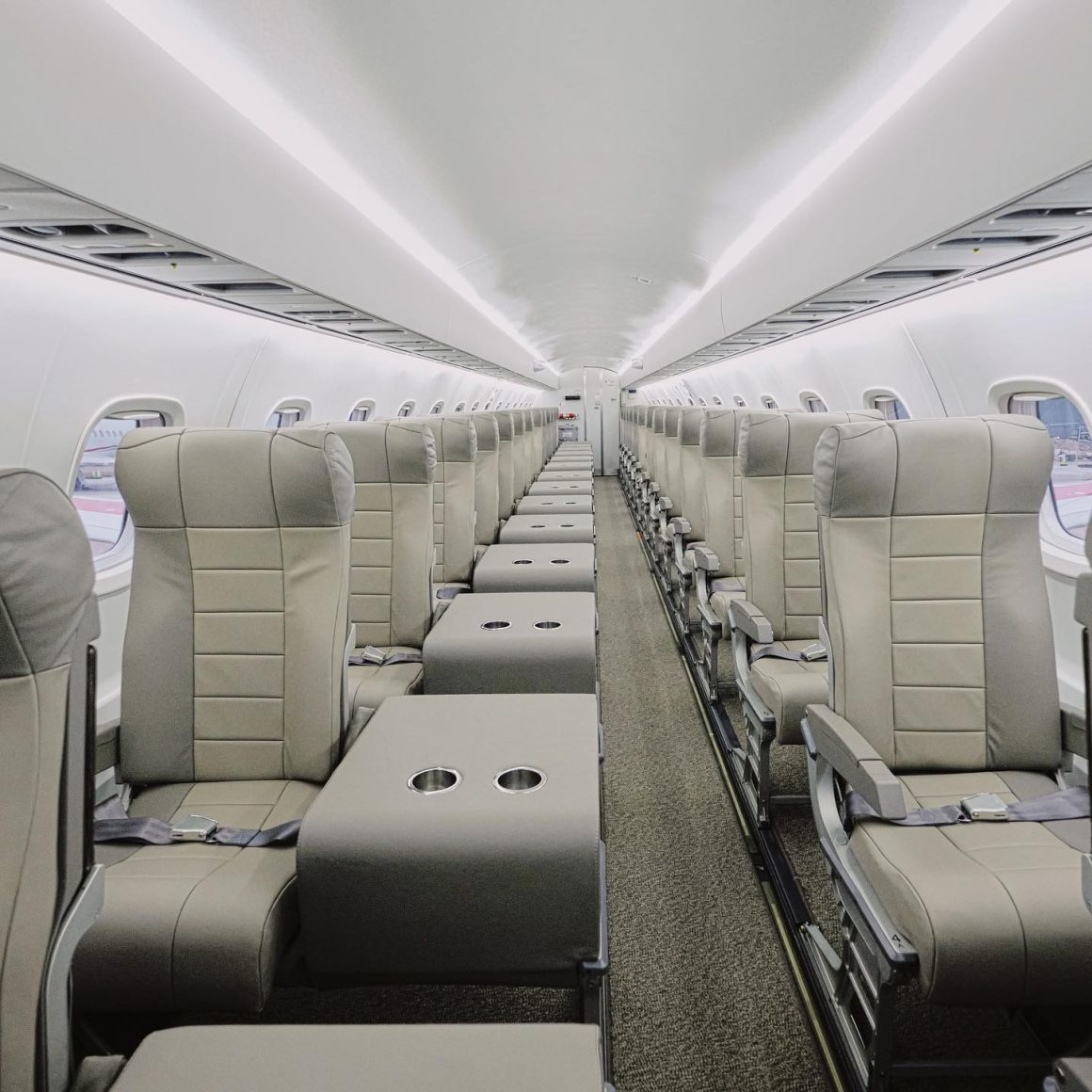
The ERJs’ range of around 2,000 miles suits JSX’s regional focus, and their commonality ensures manageable maintenance costs. These aren’t new airframes–the average fleet age is just under 24 years. Some passengers note that the aircraft show wear–especially the 135s–but retrofitting keeps capital expenses low.
In a recent Forbes interview, Wilcox revealed plans to add 20 more jets over the next two to three years, signaling fleet expansion to match growing demand.
3. The JSX Passenger Experience Redefines Convenience

If you’ve ever dreamed of skipping the chaos of a major airport, JSX delivers. By operating out of FBOs at both small regional airports and larger hubs, JSX passengers need only arrive 20 minutes (not a typo) before departure.
You park, check in, and walk across the tarmac to board. Upon landing, you’re curbside in minutes.
Once on board, passengers enjoy complimentary gourmet snacks and drinks, including beer, wine, and cocktails. Every JSX flight features free Starlink Wi-Fi.
Two fare types cater to travelers: “Hop On,” with two free checked bags, and the premium “All In,” with three. Both accrue JetBlue TrueBlue points and United MileagePlus miles, a nod to JSX’s airline partnerships.
This efficiency is JSX’s biggest selling point. A flight from Burbank (BUR) to Las Vegas (LAS) might cost $219 (one-way fare for 28 April 2025 as listed on 31 March 2025)—competitive with Southwest—without baggage fees or the two-hour airport slog.
Routes span over 20 destinations, mostly in the western U.S., plus Cabo San Lucas, Mexico.
According to its website, the carrier serves 27 destinations as of 27 March 2025, including:
| City | Airport | Airport Code |
| Austin, TX | Austin Executive Airport | EDC |
| Boca Raton, FL | Boca Raton Airport | BCT |
| Burbank, CA | Hollywood Burbank Airport | BUR |
| Cabo San Lucas, Mexico | Cabo San Lucas International Airport | CSL |
| Carlsbad, CA | McClellan-Palomar Airport | CLD |
| Concord, CA | Buchanan Field Airport | CCR |
| Dallas, TX | Dallas Love Field | DAL |
| Denver, CO | Rocky Mountain Metropolitan Airport | BJC |
| Destin, FL | Destin Executive Airport | DTS |
| Gunnison, CO | Gunnison-Crested Butte Regional Airport | GUC |
| Houston, TX | William P. Hobby Airport | HOU |
| Las Vegas, NV | Harry Reid International Airport | LAS |
| Lajitas, TX | Lajitas International Airport | T89 |
| Los Angeles, CA | Los Angeles International Airport | LAX |
| Miami, FL | Miami-Opa Locka Executive Airport | OPF |
| Monterey, CA | Monterey Regional Airport | MRY |
| Naples, FL | Naples Airport | APF |
| Oakland, CA | Oakland International Airport | OAK |
| Orange County/Santa Ana, CA | John Wayne Airport | SNA |
| Reno, NV | Reno-Tahoe International Airport | RNO |
| Salt Lake City, UT | Salt Lake City International Airport | SLC |
| Santa Fe, NM | Santa Fe Regional Airport | SAF |
| Scottsdale, AZ | Scottsdale Airport | SCF |
| Taos, NM | Taos Regional Airport | TSM |
| Westchester County, NY | Westchester County Airport | HPN |
| West Palm Beach, FL | Palm Beach International Airport | PBI |
While some of the routes JSX offers are seasonal, the carrier boasts an average of around 120 daily flights.
The schedule isn’t as dense as a major carrier’s—750 weekly flights versus thousands—but it’s tailored for business travelers and leisure seekers who value time over frequency.
Frequent travelers will appreciate the trade-offs. The FBO model limits scalability, and parking and lounge amenities are sparse compared to main terminals. Yet, for short-haul flights (most under three hours), the time savings and relaxed vibe are hard to beat.
4. Success Breeds Contention
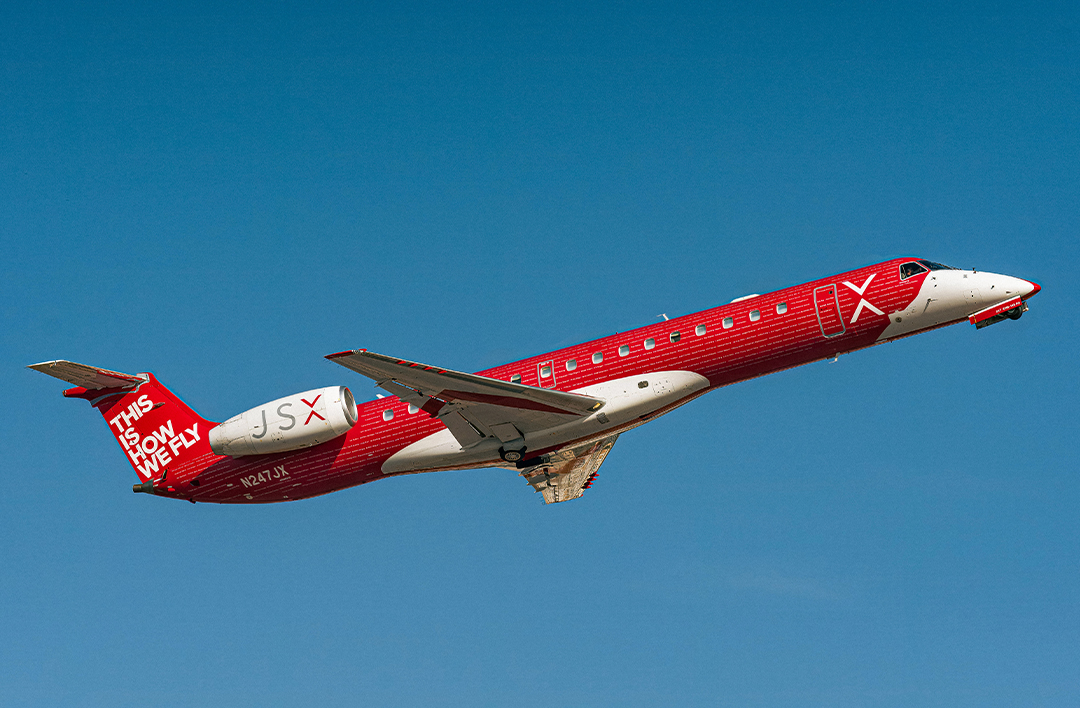
JSX continues on a trajectory of steady growth. With nearly 1,000 employees, the carrier flew just over 36,000 flights in 2024 while continuing to score coveted industry accolades. And while it does not publicly release financial information, it’s safe to say JSX is on track to cross the ten-figure threshold in annual revenue within a few years, assuming current regulations hold.
But success has bred contention. Major airlines like Southwest and American, alongside unions like ALPA and AFA-CWA, argue that JSX’s model skirts safety and fairness. They claim its scheduled flights mimic Part 121 operations without equivalent oversight—laxer pilot rest rules, no 1,500-hour minimum, and lighter security. Southwest’s 2023 FAA filing cited a 9000% rise in sub-30-seat public charter flights since 2008, demanding uniform standards. Unions highlight post-9/11 security gaps, fearing a loophole ripe for exploitation.
JSX defends its record—zero incidents—and exceeds Part 135 requirements with voluntary measures. Indeed, JSX’s website notes the carrier’s deployment of airline-quality Flight Operations Quality Assurance (FOQA) programs, saying it utilizes “pilot and mechanic training, and other operating tools and safety assurance mechanisms not required by regulation.”
Spurred by these concerns, the FAA could force a Part 121 reclassification, threatening JSX’s business model. More than 70,000 public comments on the proposed rule changes have been received by the FAA–the overwhelming majority in support of JSX.
However, the verdict still looms as of this writing (New York Congressman Nick Langworthy reintroduced the Safer Skies Act last week). JSX believes this is a classic David vs. Goliath tale. Its success hinges on defending its regulatory edge, but the industry’s old guard isn’t backing down.
5. Bold Plans for a Hybrid-Electric Future

JSX’s vision extends far beyond its current footprint. In late 2023, the carrier announced plans to purchase up to 332 hybrid-electric aircraft. The potential aircraft options include:
- Up to 82 Electra eSTOLs: A 9-seat hybrid-electric aircraft from Virginia-based Electra, requiring just 150 feet for takeoff and landing–roughly the size of a soccer field. It’s designed for very short-range routes like Dallas to Houston or San Diego to Los Angeles.
- Up to 150 Aura Aero ERAs: A 19-seat Electric Regional Aircraft from French manufacturer Aura Aero. With 19 seats, it’s the smallest configuration not requiring a flight attendant, suited for short-range flights like Los Angeles to Las Vegas.
- Up to 100 Heart Aerospace ES-30s: A 30-seat hybrid-electric aircraft from Sweden’s Heart Aerospace, tailored for medium-range markets under 500 miles. It’s a direct replacement for JSX’s current 30-seat jets on routes of similar distance.

The ES-30s will replace the ERJs on mid-range routes, while the ERJs stay for longer flights like NYC-Florida or Dallas to the coasts. These aircraft promise sustainability and access to tiny airports, though cost and certification remain hurdles.
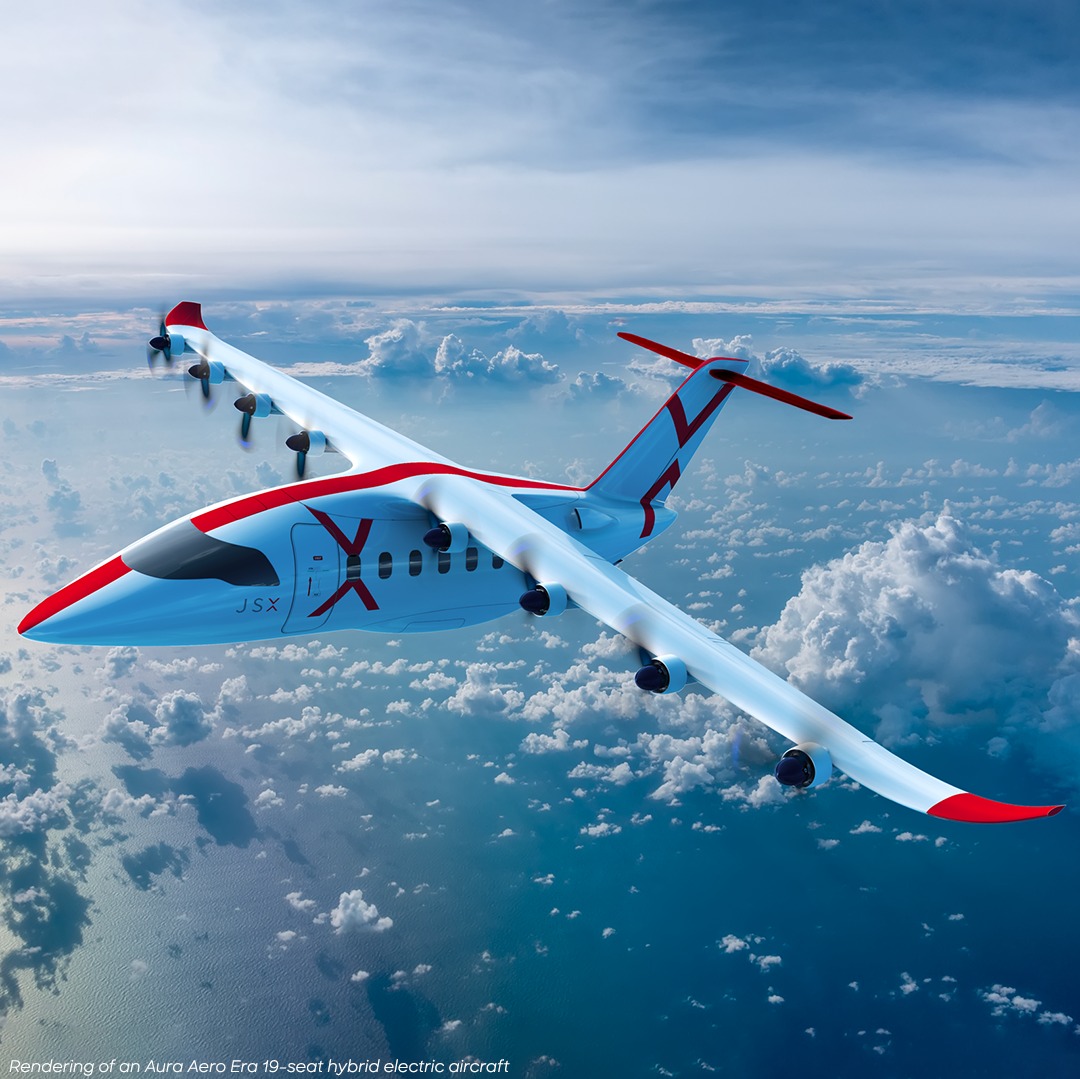
Is JSX the Future of Air Travel?
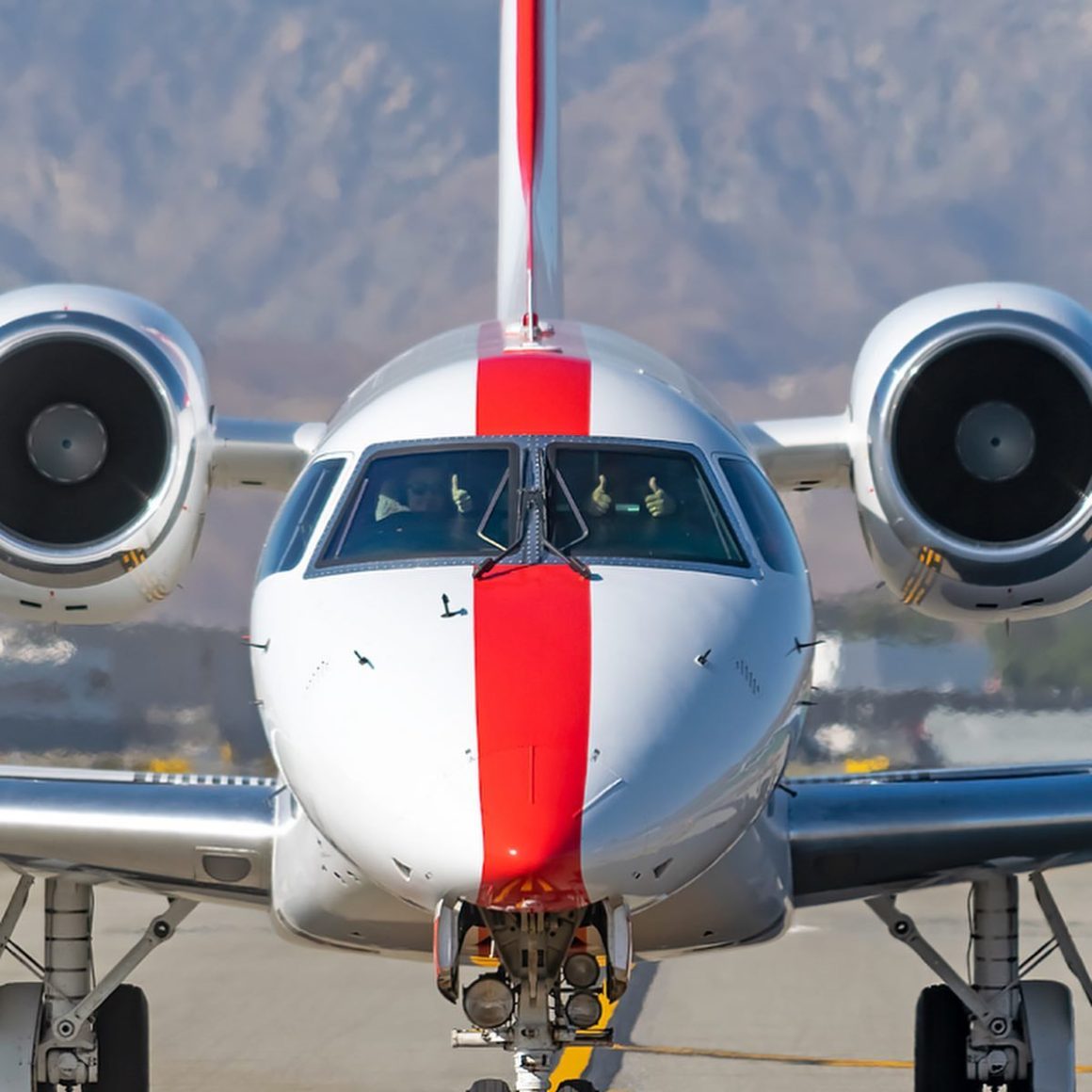
JSX isn’t poised to replace Delta or United—it’s a regional player with a ceiling. Its 47 aircraft and limited routes pale next to the majors’ fleets and networks. The ERJs’ range limits it to short hops, ruling out transcontinental ambitions for now.
Yet, its impact resonates beyond size. JSX challenges the status quo, proving there’s demand for a hybrid between commercial and private aviation. Its fares—starting at $249 but often $300-$700 (one-way)—aren’t always cheaper than Southwest’s $49 specials, but the value lies in time and comfort, not rock-bottom prices.
The broader implication? JSX exposes cracks in the regulatory framework. If it thrives, others may follow, pressuring the FAA to rethink Part 135/121 boundaries. If it falls, the “public charter loophole” could close, stifling innovation.
Consequently, the saga of JSX should be viewed as a litmus test. Can a small operator redefine air travel without upending safety? Will hybrid-electric plans materialize, or will regulatory headwinds ground them? As of now, JSX flies on, a bold experiment in an industry resistant to change.
Could the JSX model be the future of air travel?
Only time will tell.
Total
0
Shares
Credit: avgeekery.com


